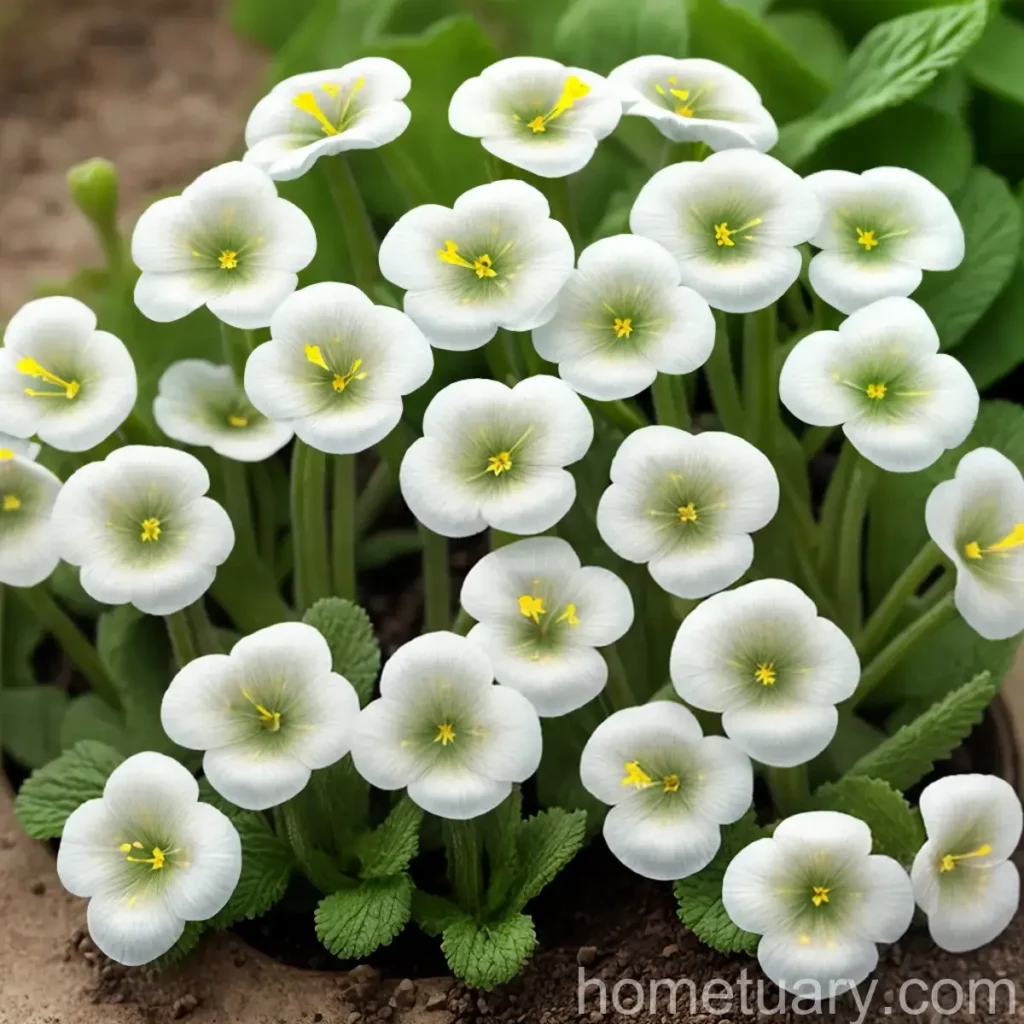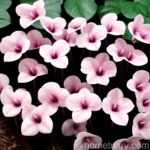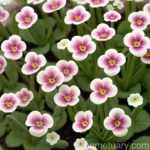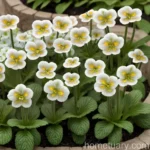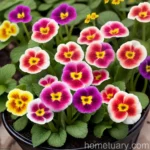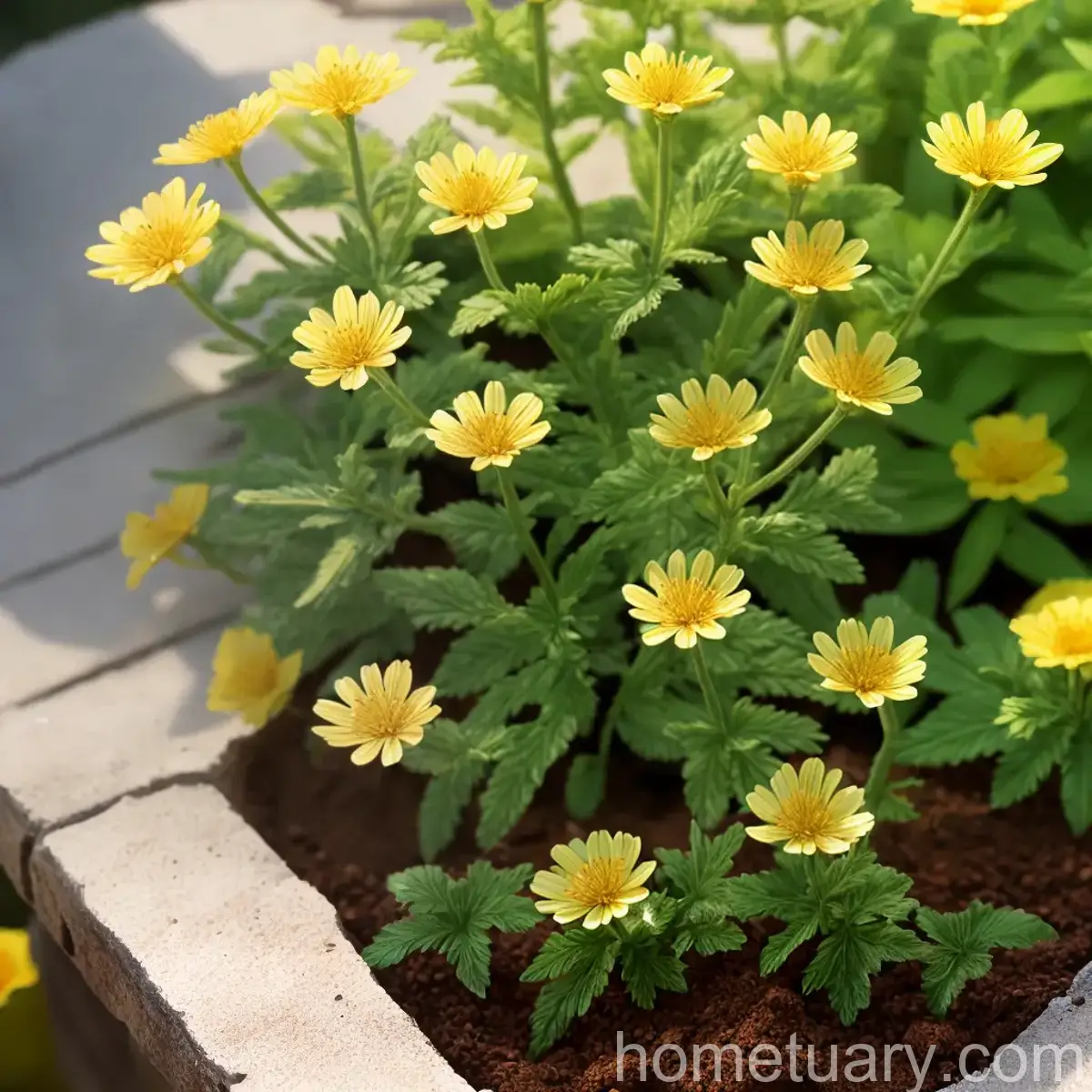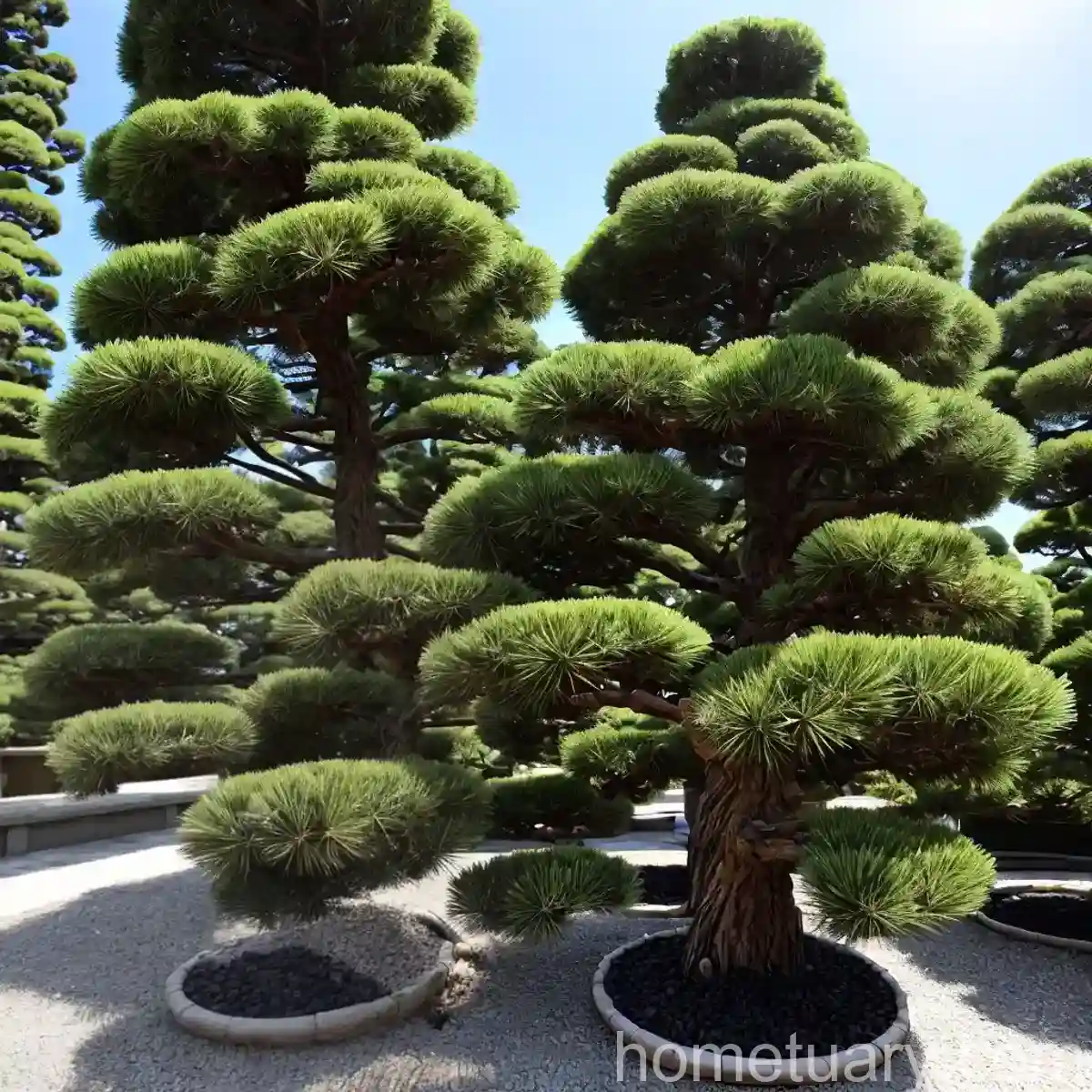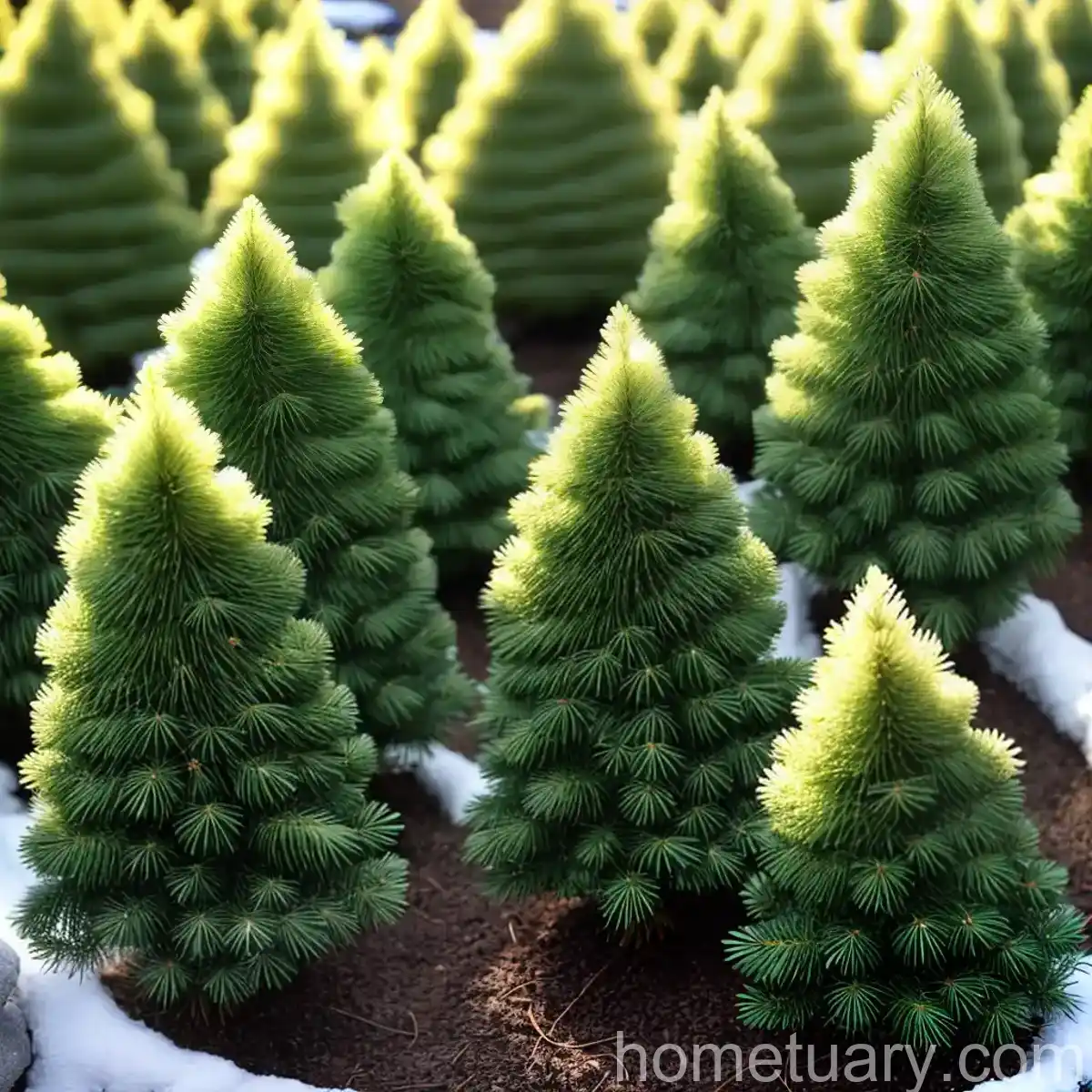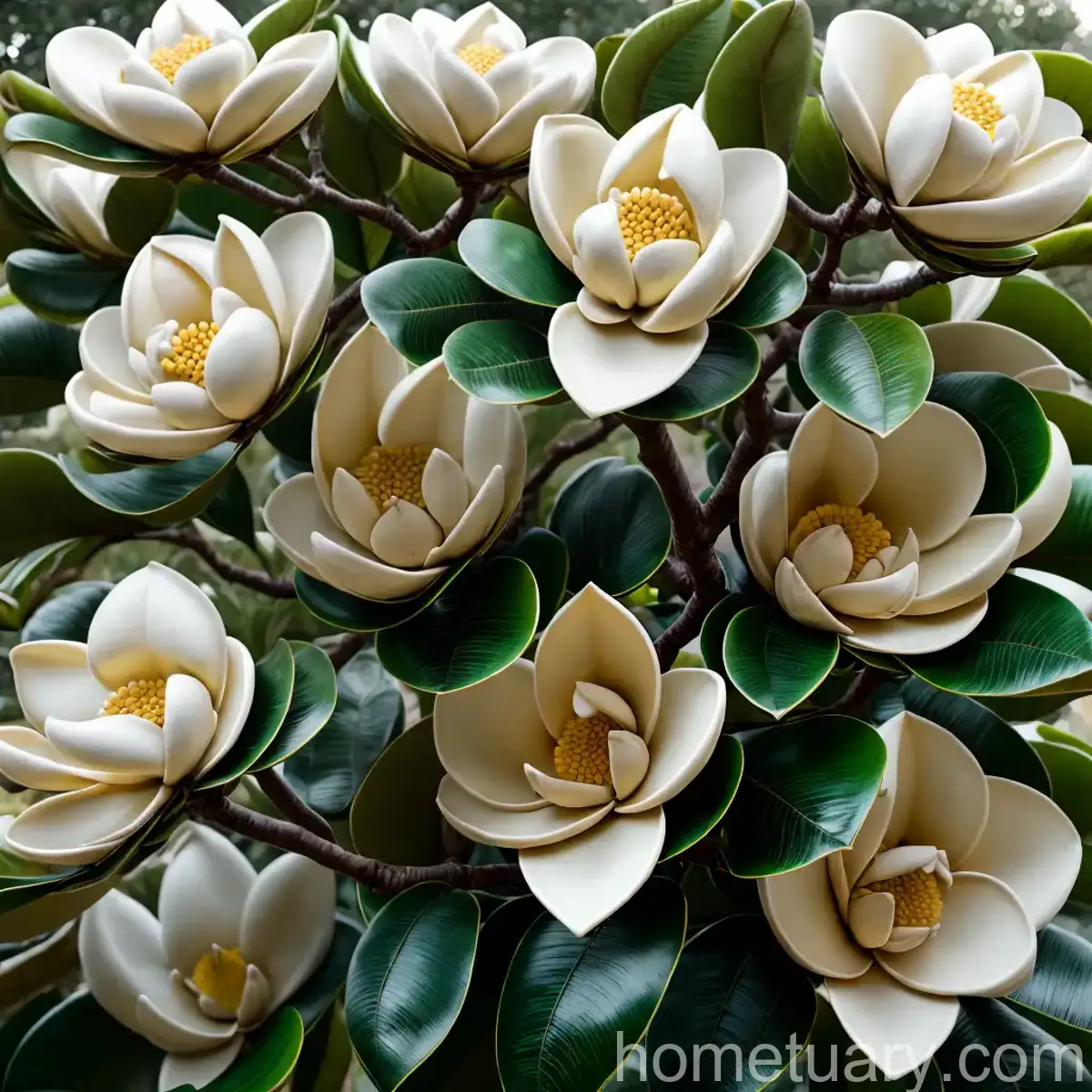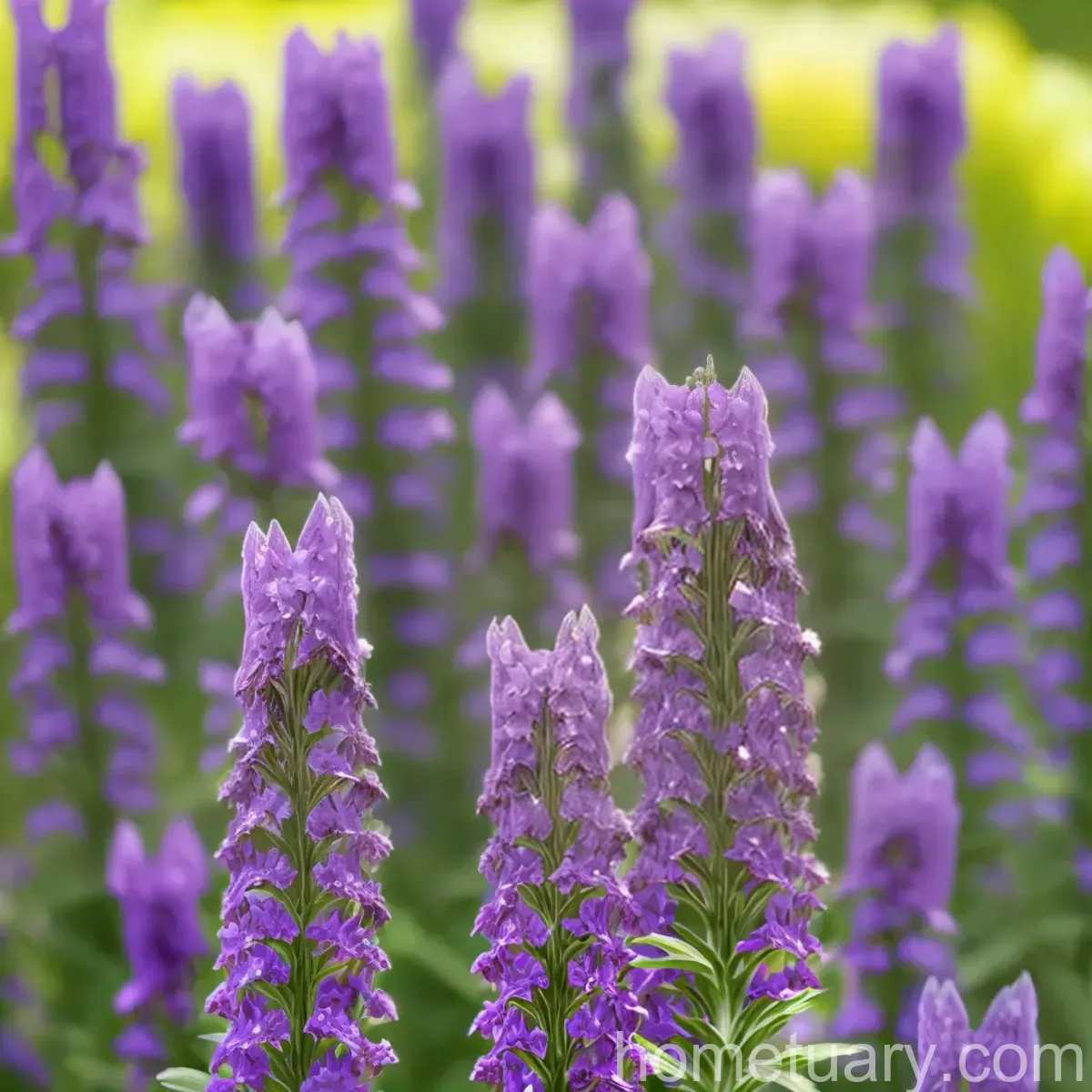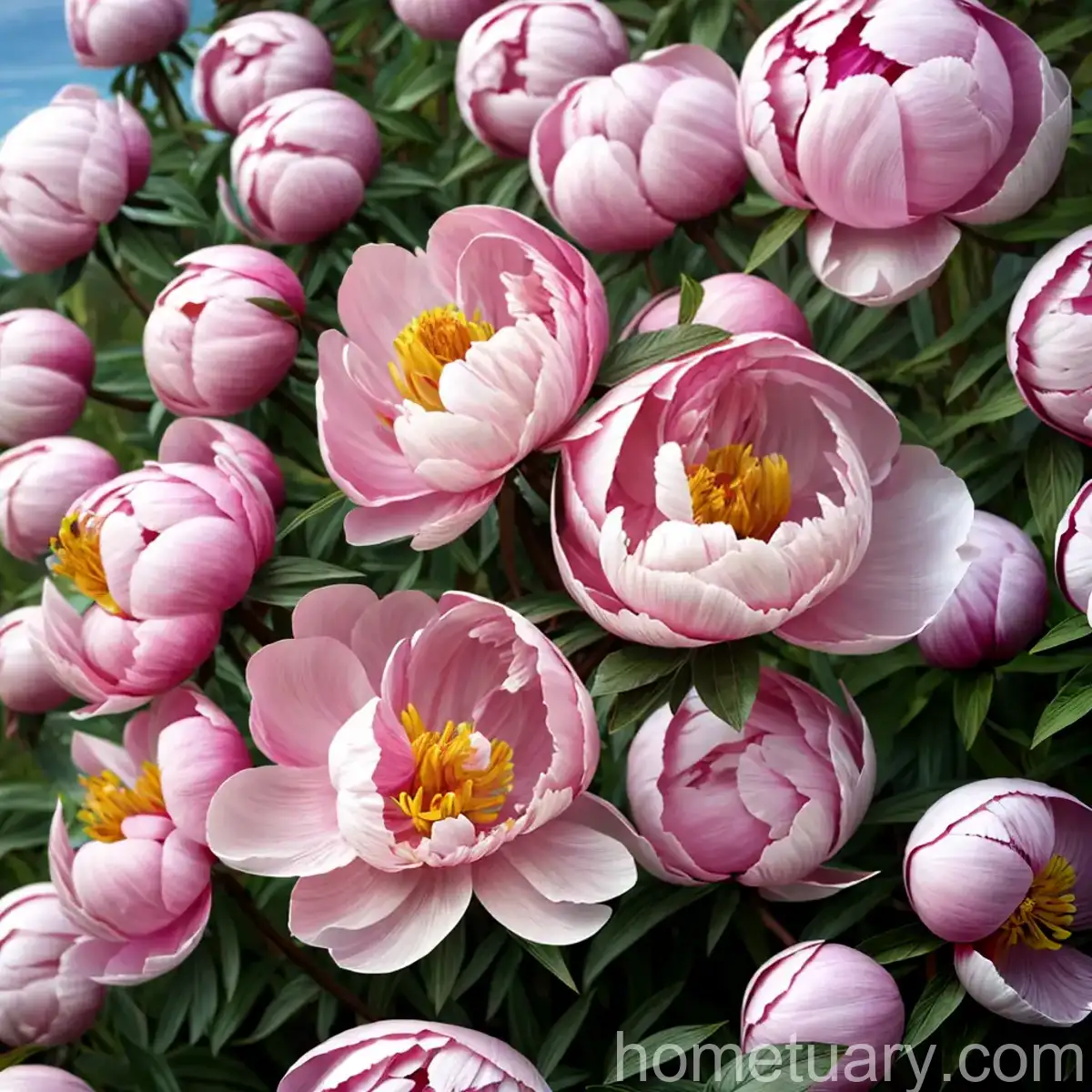The Beauty of Primrose (Primula vulgaris)
Introduction
Primrose (Primula vulgaris), also known as common primrose, is a delicate and beloved plant that graces many gardens with its vibrant colors and charming presence. This hardy perennial is native to Western and Southern Europe, and has been a favorite among gardeners for centuries. Its cheerful blooms herald the arrival of spring, making it a cherished addition to any garden or landscape. In this comprehensive guide, we will explore the various aspects of caring for and appreciating the beauty of the primrose plant. From its cultural significance to its propagation and care, we will cover it all.
The Significance of Primrose
Primrose has been celebrated in folklore, literature, and garden culture for ages. Its dainty flowers symbolize youth, love, and new beginnings, making it a popular choice for weddings and other joyous occasions. In traditional medicine, primrose has been utilized for its therapeutic properties, and its edible blossoms have been incorporated into various culinary delights. Additionally, in the realm of horticulture, the primrose plant has been bred into numerous vibrant and unique varieties, adding a touch of elegance to any garden space. With its rich history and multifaceted significance, it’s no wonder that primrose remains a cherished plant around the world.
Key Takeaways – Primrose (Primula vulgaris)
- Botanical Name: Primula vulgaris
- Common Name: Primrose, Common Primrose
- Family: Primulaceae
- Native Habitat: Western and Southern Europe
- Blooming Season: Late winter to early spring
- Plant Type: Herbaceous perennial
- Hardiness Zones: 4-8
- Mature Size: 6-12 inches tall, 6-9 inches wide
- Exposure: Partial shade to full sun
- Watering: Average water needs, keep soil evenly moist
- Soil Type: Well-draining, humus-rich soil
- Propagation: Seeds, division
- Common Uses: Borders, woodland gardens, containers
- Common Pests: Aphids, slugs, snails
- Common Diseases: Powdery mildew, root rot
Cultivating the Beauty of Primrose
To ensure the optimal growth and well-being of primrose, it is crucial to be mindful of its specific cultural requirements. From water and sunlight to soil and fertilizer, each aspect plays a pivotal role in nurturing this enchanting plant.
Water
Primroses thrive in soil that is consistently moist, but not waterlogged. Regular watering is essential, especially during periods of drought or when grown in containers. It is advisable to water the plants at the base to minimize the risk of fungal diseases and to prevent water from settling on the foliage. Adequate moisture will help the plants withstand the rigors of summer and promote healthy growth.
Sunlight
While primroses are known to prefer partial shade, they can also tolerate full sun in cooler climates. When grown in regions with hot summers, providing them with protection from the intense midday sun is beneficial. As such, planting them under the dappled shade of trees or alongside north-facing walls is an ideal choice. By carefully regulating the amount of sunlight the primrose receives, one can ensure that the plants flourish and produce an abundance of blooms.
Fertilizer
For optimal growth and abundant flowering, primroses benefit from regular feeding with a balanced, water-soluble fertilizer during the growing season. It is crucial to follow the manufacturer’s instructions and apply the fertilizer at the recommended frequency to avoid the risk of over-fertilization. Over-fertilization can lead to an accumulation of salts in the soil, harming the primroses’ delicate roots.
Soil
Primroses thrive in well-draining, humus-rich soil with a slightly acidic to neutral pH. Amending the soil with organic matter such as compost, leaf mold, or well-rotted manure can enhance its texture and fertility, providing an ideal growing medium for the plants. Additionally, incorporating perlite or coarse sand into the soil can help improve its drainage, preventing waterlogged conditions that may compromise the health of the primroses.
Pruning and Maintenance
Pruning contributes to the health and longevity of the primrose plants, as well as encouraging continuous blooming. To maintain a tidy appearance and prevent the formation of seed capsules, deadheading spent flowers is recommended. Additionally, removing any damaged or diseased foliage can help prevent the spread of diseases and maintain the plant’s vigor. As primroses are herbaceous perennials, they benefit from being cut back to ground level after the blooming season to stimulate new growth and prepare them for the following year.
Propagation
Propagating primrose can be accomplished through various methods, including seed sowing and division. While sowing seeds allows for the creation of new varieties, division serves as a quick and efficient way to multiply existing plants. When dividing primroses, it is essential to carefully separate the plant into smaller clumps, ensuring that each division retains a sufficient amount of roots and foliage to support its growth. By following proper propagation techniques, one can propagate primroses successfully, expanding their presence in the garden or sharing them with fellow enthusiasts.
Primrose in Containers
The enchanting beauty of primroses can be enjoyed in container gardens, adding a touch of elegance to patios, balconies, and indoor spaces. When growing primroses in containers, it is imperative to select pots that provide adequate drainage, preventing water from accumulating around the roots. Utilizing a well-draining potting mix and situating the containers in areas with the right amount of sunlight can help ensure the plants’ well-being. Container-grown primroses benefit from regular watering and occasional fertilization to sustain their growth and blooming. Moreover, by selecting complementary companion plants, stunning displays can be created, celebrating the diversity and charm of the primrose.
Popularity of Primrose
Primrose has garnered widespread popularity amongst gardeners and plant enthusiasts worldwide, owing to its captivating blooms, adaptability, and cultural significance. Its early blooming season, vibrant color variations, and ease of cultivation have made it a cherished choice for both novice and experienced gardeners. Whether grown in traditional garden spaces, containers, or naturalized woodland settings, primrose adds a delightful charm to the landscape, capturing the hearts of all who encounter its splendor.
Common Diseases and Pest Management
Despite being a hardy plant, primrose is susceptible to certain diseases and pests that can compromise its health and vigor. Powdery mildew, a common fungal disease, can affect the foliage, leading to a whitish powdery coating and subsequent decline in plant health. To combat this, promoting good air circulation and avoiding overhead watering can help minimize the risk of powdery mildew. Moreover, implementing preventive measures, such as applying fungicidal sprays when necessary, can aid in managing and containing the spread of this disease.
Similarly, aphids, slugs, and snails pose a threat to primrose plants, feeding on their foliage and potentially transmitting diseases. Employing natural pest control methods, such as introducing beneficial insects or using organic repellents, can effectively deter these pests without harming the plants or the environment. By remaining vigilant and proactive in managing potential threats, it is possible to maintain the health and vitality of primrose plants, allowing them to thrive and blossom freely.
Botanist’s Tips for Growing Primrose
- Choose a site with well-draining soil and adequate moisture to promote healthy root development and lush foliage.
- Provide partial shade in regions with intense sunlight to prevent scorching and maintain the vibrant coloration of the blooms.
- Incorporate organic matter into the soil to enhance its fertility and texture, creating an optimal growing environment for primroses.
- Employ regular deadheading to encourage continuous blooming and prevent the formation of seed capsules, promoting the plants’ vigor and appearance.
- Monitor for signs of disease and pest infestation, swiftly addressing any issues to prevent them from escalating and causing significant harm to the primrose plants.
Fun Facts About Primrose
- The name “primrose” is derived from the Latin word primula, meaning “little first one,” signifying its early blooming nature.
- Primrose flowers are edible and can be used to adorn salads, desserts, and various culinary creations, adding a touch of color and elegance to the table.
- Cultivated primroses boast an impressive array of color variations, ranging from soft pastels to vibrant hues, captivating the hearts of plant enthusiasts and gardeners.
- In the language of flowers, primrose symbolizes youth, new beginnings, and everlasting love, making it a popular choice for gifting and celebratory occasions.
- According to folklore, primrose was believed to possess protective powers, and its flowers were used as charms to ward off evil spirits and misfortunes.
Conclusion
In conclusion, the primrose (Primula vulgaris) stands as a symbol of beauty, joy, and resilience in the world of horticulture. With its early blooming season, vibrant blooms, and cultural significance, it continues to captivate the hearts of plant enthusiasts and gardeners alike. By embracing its cultural uses, understanding its specific care requirements, and celebrating its ecological significance, we can appreciate the multitude of benefits and unique attributes that primrose brings to our lives. As we tend to and admire this cherished plant, we become part of a timeless tradition, honoring its enduring beauty and enchanting presence.
For more information and in-depth insights into the care and cultivation of primrose, please explore the following resources:
- Royal Horticultural Society – Primula vulgaris
- University of Maryland Extension – Primrose
- American Primrose Society
With this comprehensive guide, we hope you embark on a journey of discovery and appreciation for the exquisite world of primrose, enriching your garden and your life with its timeless allure and boundless splendor.

